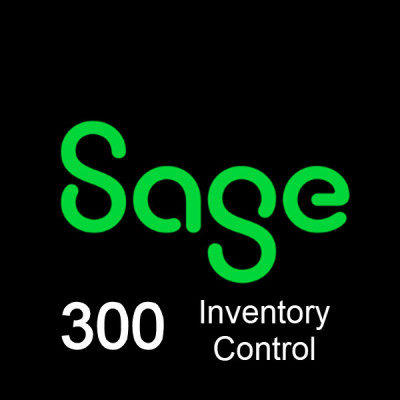Has discount
❌
Made in
English
Last updated at
Fri, 03-Feb-2023
Level
Intermediate
Total lessons
6
Total duration
00:00:00 Hours
Number of reviews
0
Total enrolment
0
Avg rating
Short description
This Sage 300 – Inventory Control course is designed to provide attendees with a comprehensive understanding of Inventory Control as it relates to Sage 300 Operations Management suites of products, and teaches attendees how to enter transactions (inventory receipts, shipments, returns and adjustments), to keep track of stock levels, directly in Inventory Control.
This course is based on a combination of theory and practical hands-on training.
Theory + Practical Application Scenarios + Hands-On Training = Outstanding Results
-
-
Requirements
- You should have installed Sage 300
- You should have installed Sample Data that comes with Sage 300
Outcomes
- Lesson 1: Inventory Control Setup This lesson will provide you with an understanding of the setup of Inventory Control and how it relates to performance. You will learn how to change settings to suit your specific accounting requirements, and how to make the most of some optional setup features to ease your data entry load.
- Lesson 2: I/C Items and Price Lists This lesson explains how to create inventory items. It also explains how you can define information related to item price lists, item reorder information and item bill of material.
- Lesson 3: I/C Setup Reports In this lesson you will learn how to print the many reports included in this module. You will learn how to access the information you require by modifying the report criteria, thus manage your inventory more effectively.
- Lesson 4: Transactions Use Inventory Control transaction entry screens to record the receipt, shipment, return, and internal usage of inventory items, transfers of stock between locations, assemblies of master items from component items, and adjustments of quantities and costs of items.
- Lesson 5: Statistics and Inquiries Use Inventory Control Statistics and Inquiries screens to look up information about inventory items and transactions.
- Lesson 6: Stock Control Reports Stock Control reports can help you manage your inventory by providing detailed information about your inventory items. If you use Serialized Inventory and Lot Tracking, you can generate reports that provide details about serialized and lotted items
- Lesson 7: Price/Sales Analysis Reports Use the reports in the Price/Sales Analysis Reports folder to review the effects of purchasing and sales activities, and to help determine the optimal prices, margin, and markup levels you need to meet your business objectives.
- Lesson 8: Physical Inventory In this lesson we with discover the physical inventory feature of the module that lets you enter the results of physical counts into your system and reconcile physical inventory totals with the totals in Inventory Control.
- Lesson 9: Periodic Processing In this lesson you will learn how to use the Day End Processing screen to process transactions posted in Inventory Control, Order Entry, and Purchase Orders. Depending on options selected for your Inventory Control system, Day End Processing may update general ledger transactions, item statistics, transaction history, and item costs. Use the other screens in the Periodic Processing folder to perform the tasks that are part of your regular period‐end procedures, such as reconciling physical inventory, processing adjustments, clearing history, creating general ledger batches, and deleting inactive records.
- Lesson 10: Item Code Change In this lesson you will learn how to the Item Number Change screen lists pending changes that you have added. This is called the change list. The changes on this list are not made until you post them, which updates your Sage 300 files in Inventory Control, Order Entry, Purchase Orders, Tax Services, and Bank Services.

Write a public review